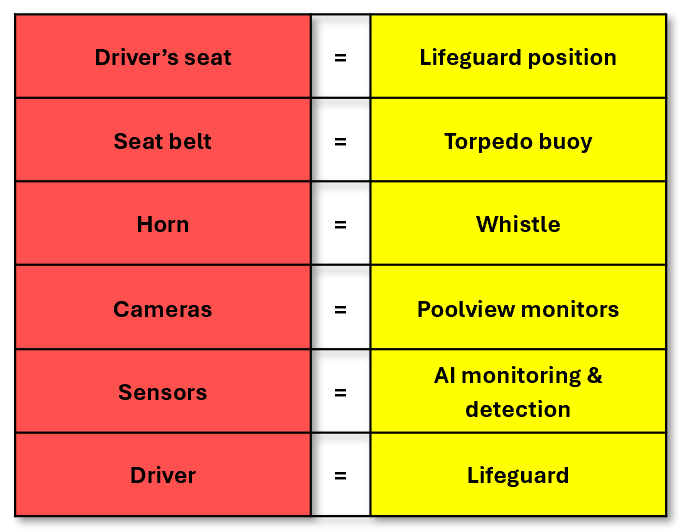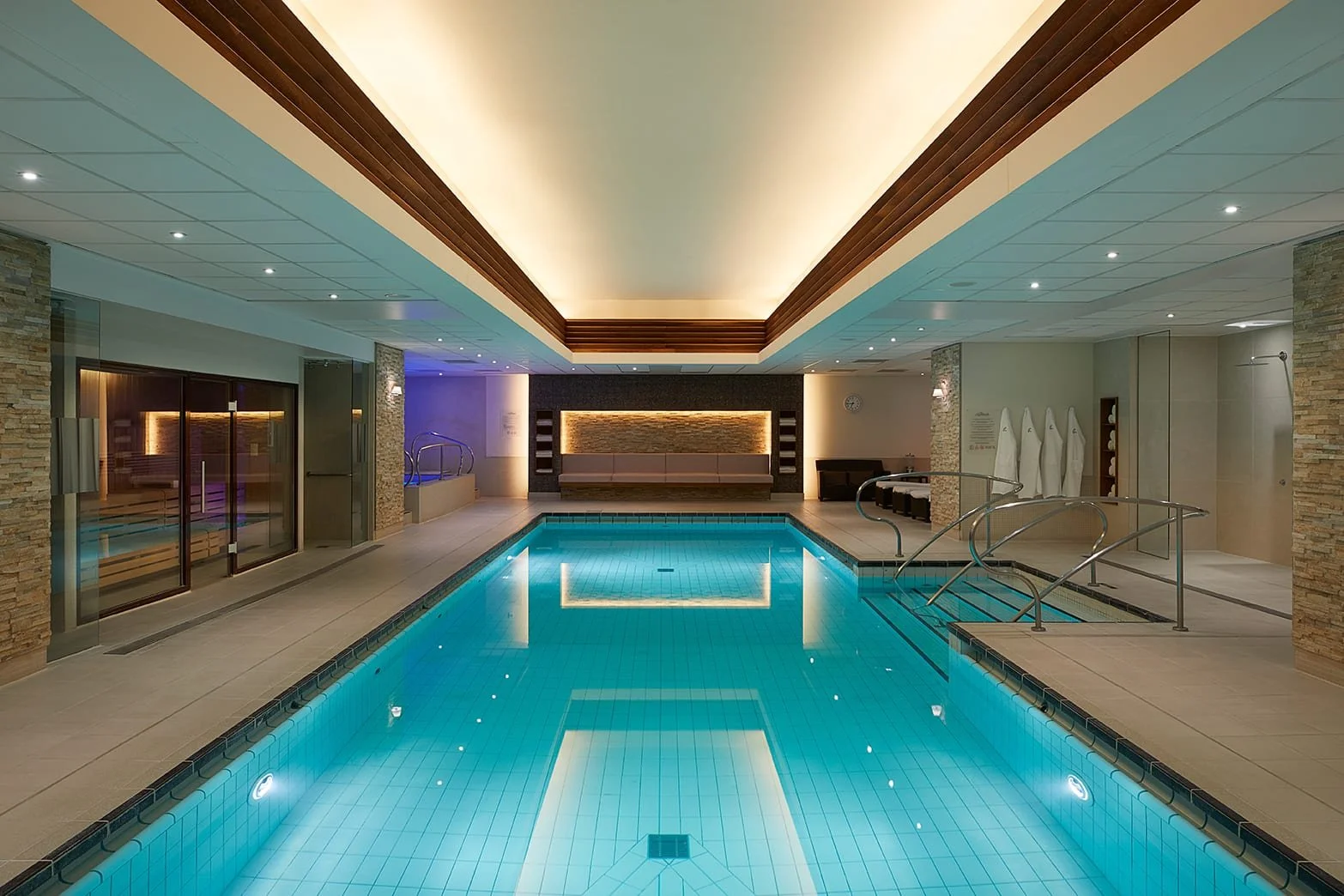One of our team recently bought an old campervan for those dreamy beach days and making memories with her kids. It ticked every box for the family… except one.
After years of driving a modern car loaded with dash cam, reversing camera, and smart parking sensors, going back to a no-frills manual van was a shock to the system.
Sure, the van had decent visibility and basic sensors, but it still took more concentration, more guesswork, and frankly, more energy to drive. And then there was the small accident she had without a dash cam in place… but that’s a story for another day.
The conversation got us thinking; driving that campervan is a lot like lifeguarding without the right tech.
The parallels are clear:
If you’ve ever upgraded from a car with no sensors to one with sensors and a reversing camera, you know the difference. Suddenly, those tight spaces felt easier. You weren’t just reacting to beeps - you could see exactly what was there and where it was. Confidence up. Performance up. Risk down.
That’s the leap from lifeguarding without technology to lifeguarding with it.
And if you’ve compared sensors-only to sensors plus a camera, you’ll know there’s an even bigger leap. Sensors tell you something’s close. Cameras show you what it is and exactly where it is - giving you instant situational awareness.
That’s why Poolview’s technology uses both sensors and cameras. Poolview gives lifeguards a live visual of the incident area. They don’t just hear “something’s wrong” -they see exactly what’s happening, where, and can act immediately.
As we always say, technology doesn’t replace lifeguards - just like reversing cameras don’t replace drivers. It sharpens their skills, boosts their performance, and helps them protect lives more effectively.
When it comes to safety, why settle for half the picture?











